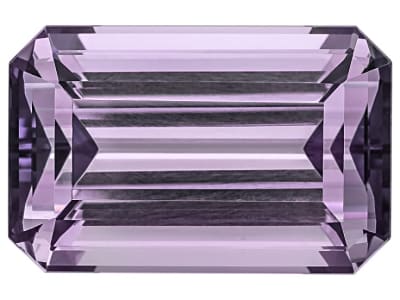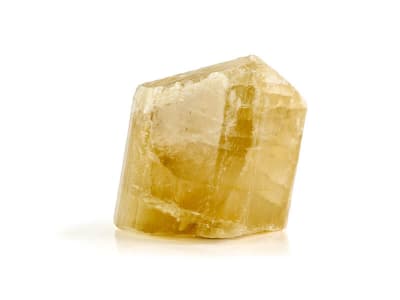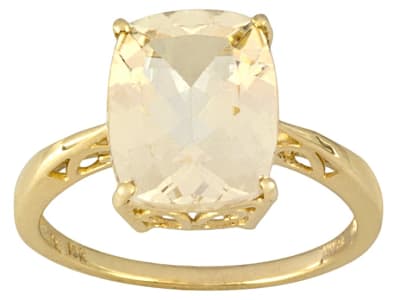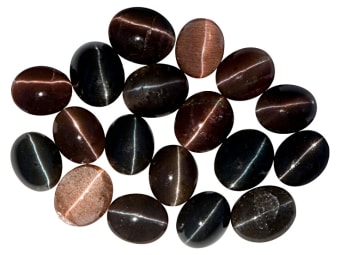Scapolite's name is derived from Greek words meaning "rod" or "shaft" and "stone," which describes the shape of its crystals. Originally discovered in 1913 in the Mogok stone tract of upper Burma, scapolite has been found in many locations. However, it is typically found only in small pockets, leading to its status of rarity in the gemstone world. Scapolite is a mineral group of colorless, or translucent pink, orange, yellow, green, blue, violet or purple gemstones.
General Information
LWUV: Inert to strong pink, orange or yellow
Scapolite Colors
-
 Bi-color
Bi-color -
 Black
Black -
 Blue
Blue -
 Brown
Brown -
 Colorless
Colorless -
 Gray
Gray -
 Green
Green -
 Multi-color
Multi-color -
 Orange
Orange -
 Pink
Pink -
 Pink
Pink -
 Purple
Purple -
 Red
Red -
 White
White -
 Yellow
Yellow -
 Yellow
Yellow
Alternate Names
Marialite, Wernerite, Mizzonite, Meionite
Countries of Origin
Tanzania, United Republic Of; Myanmar; Afghanistan; Russian Federation; Sri Lanka; United States of America; Madagascar; Kenya; Thailand; India; Canada; Pakistan; Unknown; Norway; Brazil; Mexico
Care
Normal, gentle handling. Avoid jeweler's torch. Treated stones when exposed to bright light color may fade.
Optical Phenomena
Tenebrescent Scapolite
Tenebrescent Scapolite is known to come from Afghanistan. The stones are colorless in daylight. They fluoresce yellow when exposed to long wave ultraviolet light and then glows violet for a short time after UV exposure.
Cat's-Eye Scapolite
The chatoyancy in cat's-eye scapolites can be caused by hollow tubes or rod-like needles that run parallel to the optic axis. Cat’s-Eye stones can be found Madagascar, Myanmar, Sri Lanka, and Tanzania.
Iridescent Scapolite
Iridescent Scapolite also known as “Rainbow Scapolite” was first reported in 2013. The iridescence is cause by stringers of Magnetite. Due to the presence of magnetite the stones are magnetic. The stones can be found in India.



